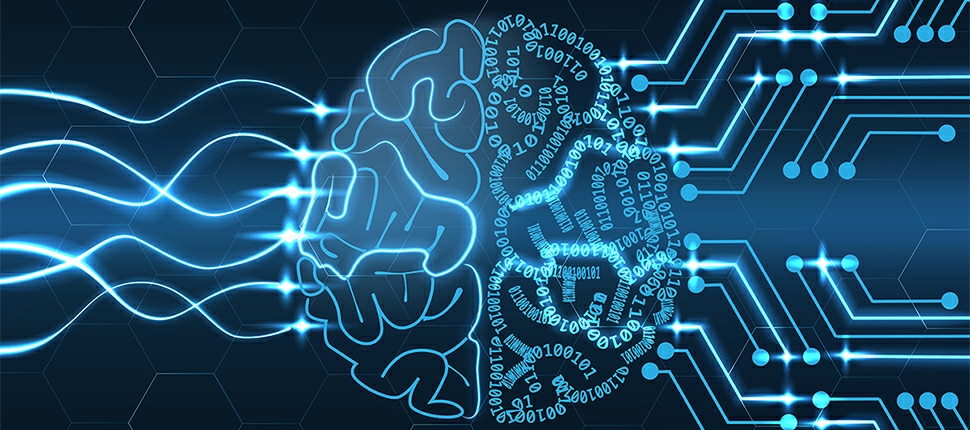JAKARTA, odishanewsinsight.com – Neural Networks: Mimicking the Brain for Advanced Pattern Recognition and AI has honestly blown my mind ever since I started diving into Technology as a real obsessive. Let’s be real, the words sound heavy—like, who really gets what’s going on under the hood? But after crunching late-night code, messing up tons of demos, and even thinking I’d fried my old laptop (not kidding), I’ve learned the hard way what makes neural networks so darn powerful.
Neural Networks are computational models inspired by the human brain’s interconnected neurons. By learning complex, non-linear patterns from data, they have become the backbone of modern AI—from image recognition to natural language understanding. In this deep-dive, I’ll share how neural networks transformed my approach to problem-solving, break down their core building blocks, explore real-world applications, discuss best practices, address common hurdles, and peek at what’s next in the world of AI.
How Neural Networks Changed My Life

When I built my first feedforward neural network to classify handwritten digits, everything clicked:
- I transitioned from feature-engineering by hand to end-to-end learning, letting the network discover patterns.
- Model accuracy jumped from ~70% with traditional methods to over 95% with a simple multi-layer perceptron.
- This success sparked my passion for deep learning—leading me to build convolutional models for computer vision and recurrent architectures for language tasks.
Neural networks didn’t just solve problems—they reshaped how I think about data, abstraction, and automation.
Core Components & Architectures
- Artificial Neurons & Layers
- Each neuron computes a weighted sum of inputs plus a bias, then applies an activation function.
- Layers stack into input, hidden, and output tiers—forming feedforward, convolutional, or recurrent nets.
- Activation Functions
- ReLU (Rectified Linear Unit): f(x)=max(0,x), promotes sparse activations and faster training.
- Sigmoid & Tanh: Squeeze outputs to (0,1) or (–1,1), useful in binary classification and gated RNN cells.
- Softmax: Converts logits into probability distributions for multi-class outputs.
- Loss Functions & Optimization
- Cross-Entropy: Measures performance in classification tasks.
- Mean Squared Error (MSE): Common in regression and autoencoder training.
- Gradient Descent Variants: SGD, Adam, RMSProp adjust weights via backpropagation to minimize loss.
- Regularization & Generalization
- Dropout: Randomly drops neurons during training to prevent overfitting.
- L1/L2 Penalties: Encourage weight sparsity or small magnitudes.
- Batch Normalization: Stabilizes learning by normalizing layer inputs.
- Specialized Architectures
- Convolutional Neural Networks (CNNs): Exploit spatial hierarchies for images and videos.
- Recurrent Neural Networks (RNNs) & LSTMs/GRUs: Model temporal dependencies in sequences.
- Transformer Models: Self-attention mechanisms that scale to massive language tasks.
Practical Applications
- Computer Vision: Image classification, object detection, medical imaging diagnostics.
- Natural Language Processing: Machine translation, text summarization, sentiment analysis, chatbots.
- Speech Recognition & Synthesis: Voice assistants, real-time transcription, deepfake detection.
- Recommender Systems: Personalized content feeds, product suggestions, dynamic pricing.
- Anomaly Detection: Fraud detection in finance, predictive maintenance in manufacturing.
Best Practices for Designing Neural Networks
- Data Preparation: Clean, augment, and normalize datasets. More quality data beats overly complex models.
- Architecture Selection: Start simple—e.g., shallow CNN for vision tasks—and scale up only when necessary.
- Hyperparameter Tuning: Use grid search, random search, or Bayesian optimization to find optimal learning rates, batch sizes, and layer sizes.
- Early Stopping & Checkpointing: Monitor validation metrics to halt training before overfitting and save the best model.
- Explainability & Monitoring: Integrate tools like SHAP or Grad-CAM to interpret decisions and detect drift in production.
Common Challenges & Solutions
- Overfitting on Small Datasets
• Solution: Data augmentation, transfer learning from pre-trained models, stronger regularization. - Vanishing & Exploding Gradients
• Solution: Use ReLU activations, gradient clipping, or architectures like LSTM/GRU. - Long Training Times & Compute Costs
• Solution: Leverage cloud TPUs/GPUs, mixed-precision training, model pruning, and quantization. - Bias & Fairness
• Solution: Curate diverse training sets, audit model outputs, and apply fairness constraints. - Deployment & Scalability
• Solution: Containerize models with Docker, serve with TensorFlow Serving or TorchServe, and use A/B testing.
Future Trends in Neural Networks
- Self-Supervised Learning: Harness vast unlabeled data to pretrain models, reducing dependence on annotated datasets.
- Neural Architecture Search (NAS): Automated discovery of optimal network topologies.
- Neuromorphic & Spiking Neural Networks: Brain-inspired event-driven computation for ultra-low power AI.
- Quantum Machine Learning: Hybrid quantum-classical models that leverage quantum processors for complex optimizations.
- Continual & Lifelong Learning: Adapting models in real time without catastrophic forgetting.
Conclusion
Neural networks have revolutionized pattern recognition and AI by enabling machines to learn representations directly from data. From my first digit-recognition model to today’s state-of-the-art transformers, these architectures continue to expand the frontier of what’s possible. By following best practices, addressing common pitfalls, and staying attuned to emerging trends, you can harness the full power of neural networks for your next breakthrough project.
Boost Your Competence: Uncover Our Insights on Technology
Spotlight Article: “Holography: Creating Three-Dimensional Visuals for Immersive Experiences and Data Visualization!”

